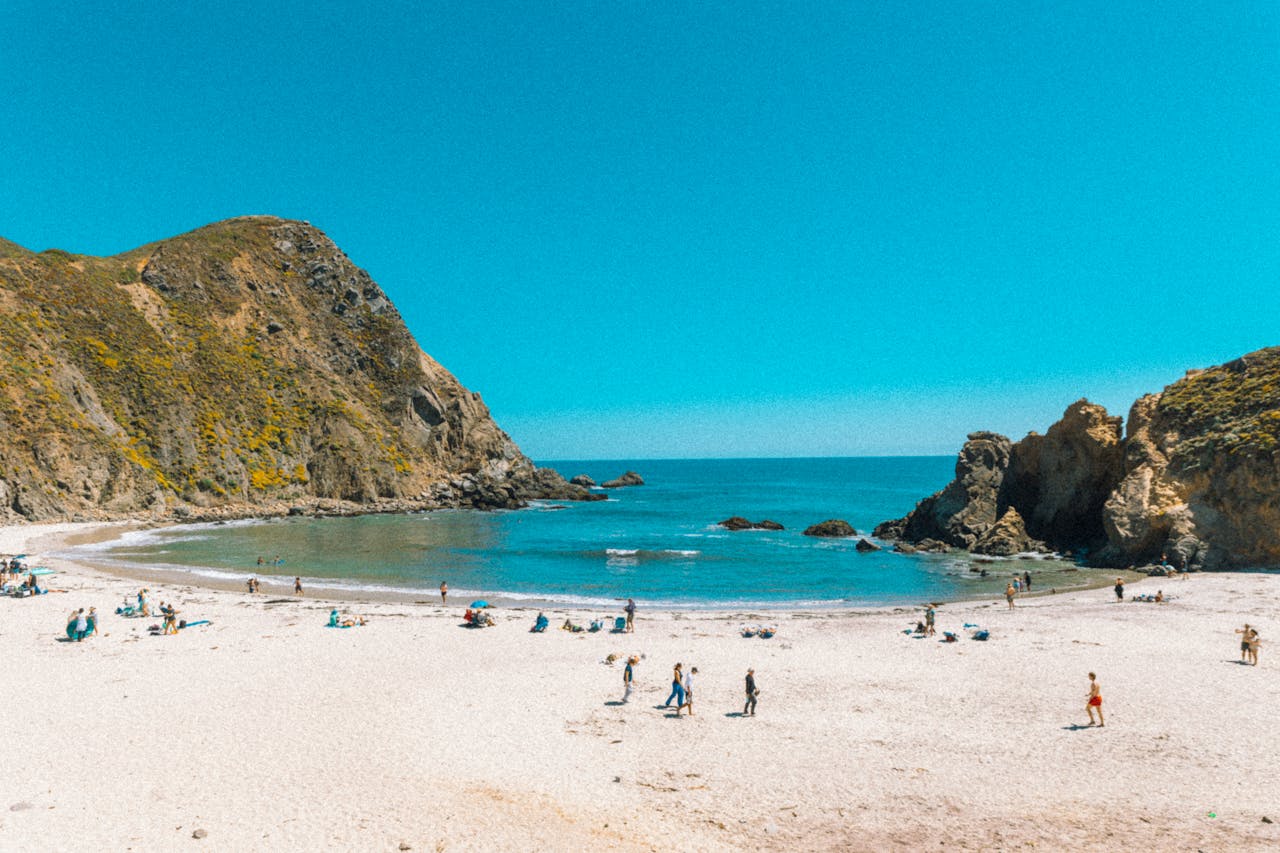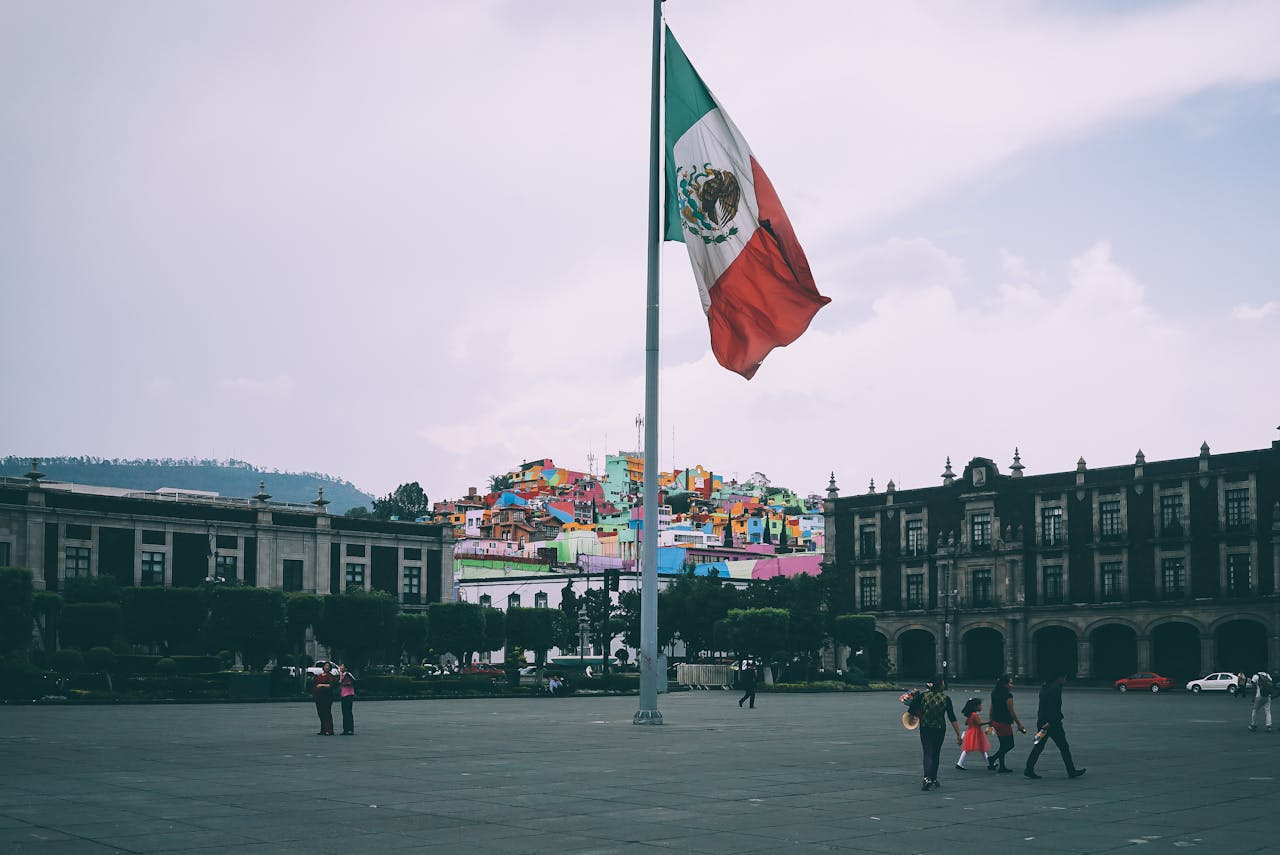Bioluminescence comes from tiny plankton that flash when stirred by waves or paddles: dark, warm nights and low wind help. New moon weeks reduce skyglow, and guided kayak tours often know the strongest spots and seasons. Wear dark clothes, avoid bright lights, and move gently so your eyes adapt. The places below have documented glow from dinoflagellates or comb jellies. Some allow swimming, others do not. Always follow local rules to protect fragile waters and keep the sparkle visible for future trips.
1. Mosquito Bay, Vieques, Puerto Rico
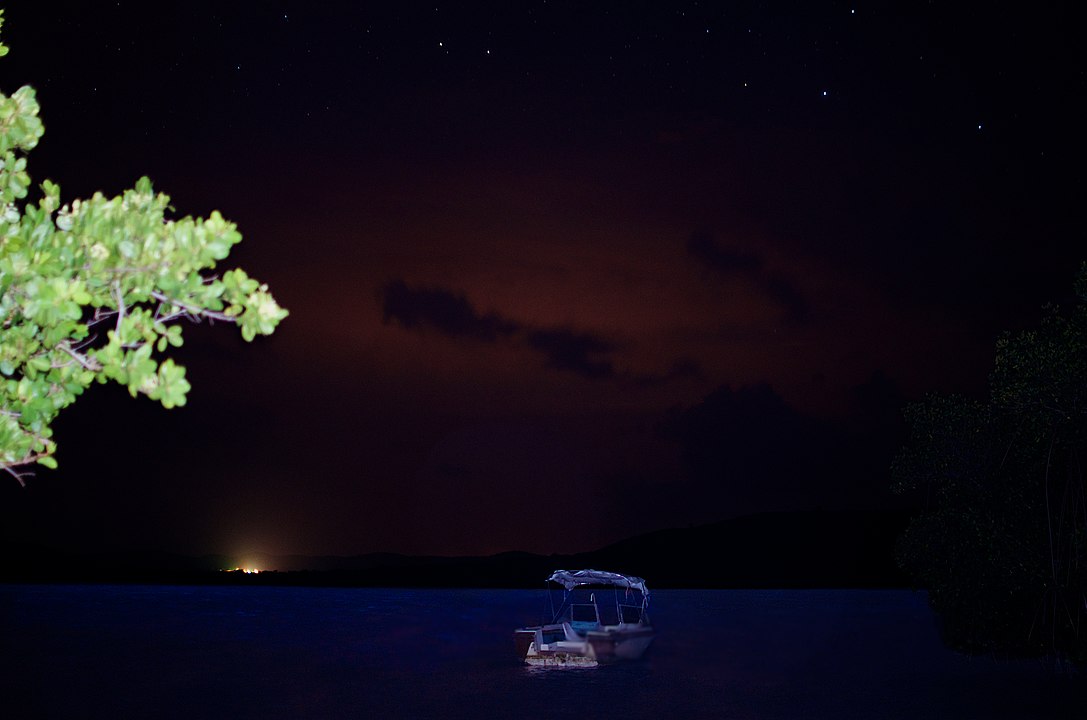
Often cited as the brightest biobay on Earth, Mosquito Bay glows from dense blooms of Pyrodinium bahamense. The bay’s narrow mouth and mangrove nutrients keep concentrations high, so even a hand swirl leaves neon trails. New moon weeks are best, with peak warmth in summer and early fall. Swimming is not allowed to protect water quality. Kayak operators use red lights and slow strokes to preserve night vision. Expect fish streaks and glowing wake lines that make every paddle dip look electric.
2. Laguna Grande, Fajardo, Puerto Rico
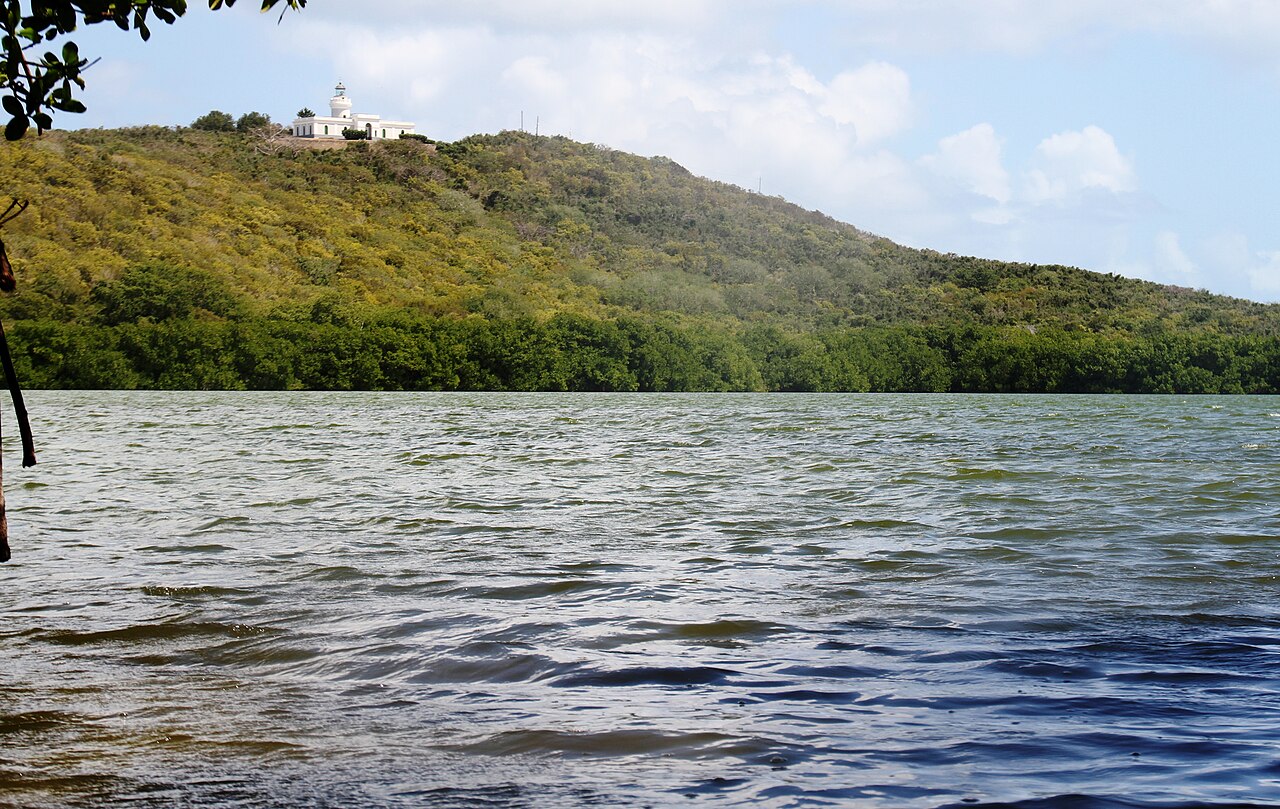
A mangrove channel leads to a protected lagoon where dinoflagellates flash in long ribbons under moving paddles. Access is by guided kayak, which limits wake and keeps the water clear enough to see sparkles along hulls. Visibility improves on calm, moonless nights and during warmer months when plankton multiply faster. Operators coach visitors to avoid bug spray that can film the surface. The narrow canal is a highlight, with glowing eddies curling off every turn as you glide under arching roots.
3. La Parguera, Lajas, Puerto Rico
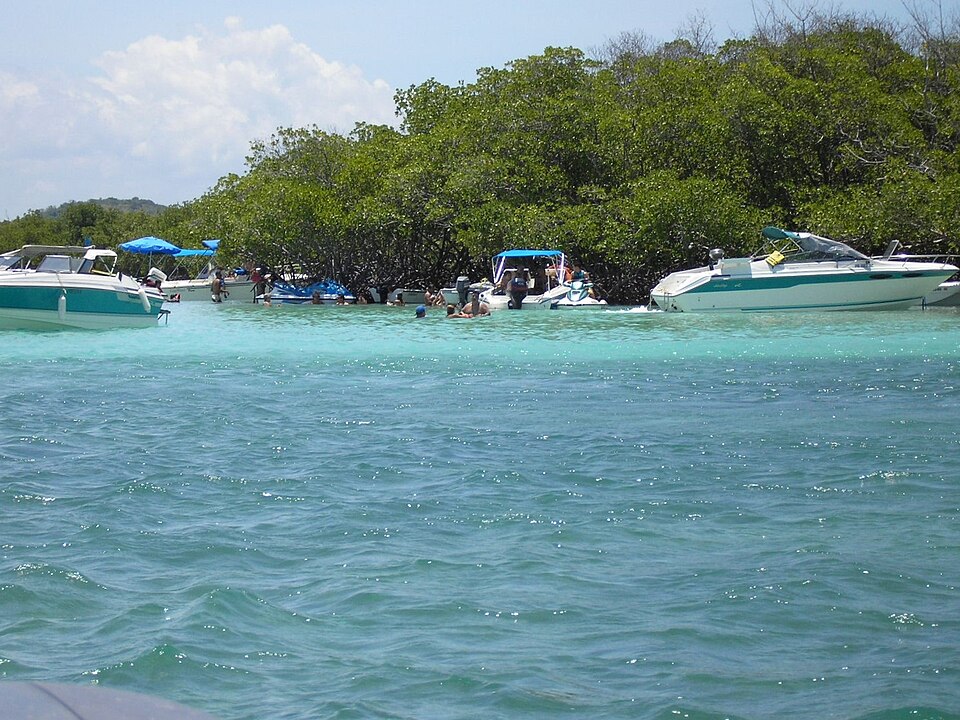
La Parguera is unusual because swimming is permitted in designated areas. Dinoflagellate density changes by season, yet summer nights often produce strong blue flashes around moving hands and legs. Boats idle the engines and let swimmers slip in with life vests to float above glowing trails. Calm weather and minimal moonlight help most. Guides ask visitors to avoid sunscreen just before entering and to rinse afterward on deck. The combo of boat ride, warm water, and visible swirls makes this a favorite.
4. Indian River Lagoon, Florida
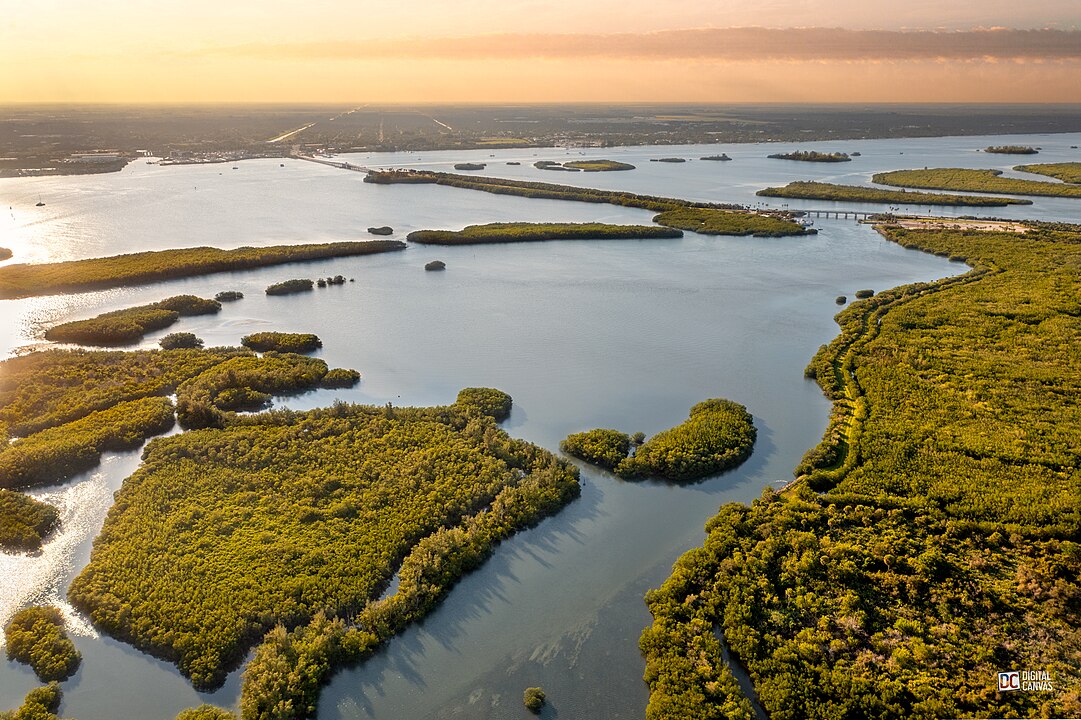
This long estuary shows two kinds of glow. In summer, Pyrodinium blooms create blue streaks around paddles. In winter, comb jellies pulse with soft green light when touched. Tours near Merritt Island and Titusville time outings to darkness and slack wind. The shallow water lets kayaks skim over grass beds where tiny fish dart like sparks. Red headlamps protect night vision, and guides teach gentle strokes so the water lights up instead of splashing out. Bug protection and sleeves are smart.
5. Mosquito Lagoon, Canaveral National Seashore, Florida
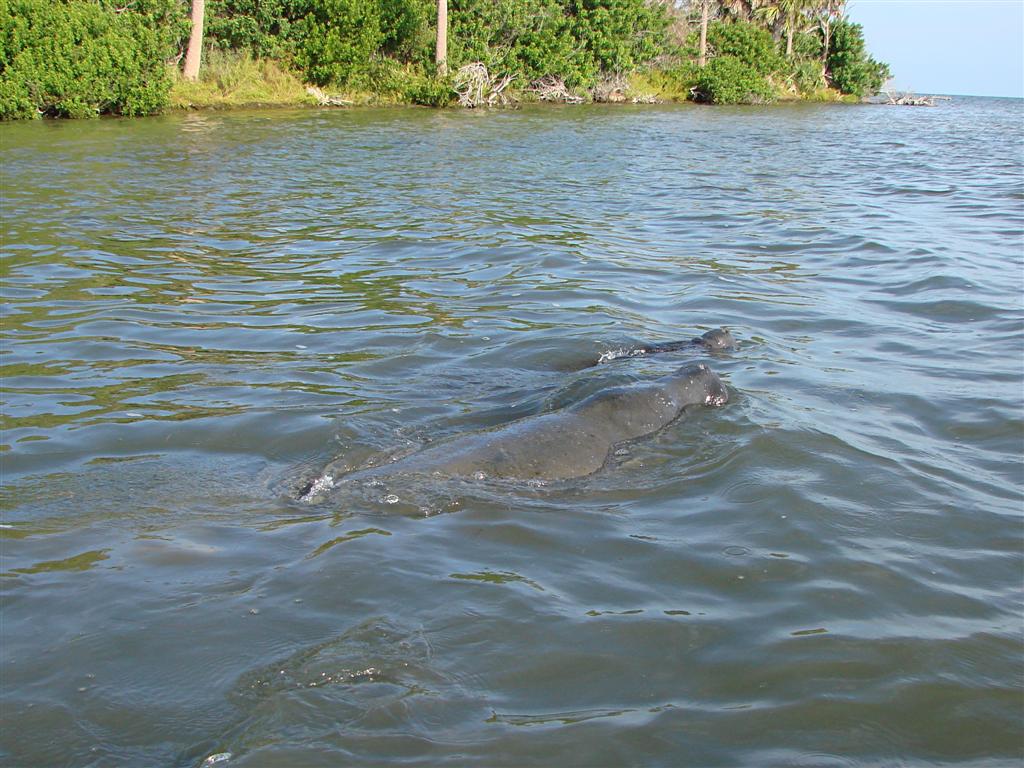
Next to the space coast, this lagoon hosts summer dinoflagellate flashes and winter comb jellies similar to Indian River. Outfitters launch from small ramps and hug shorelines that block light. New moon windows and warm water increase brightness, while wind stirs sediment and dims the effect. Manatees and dolphins sometimes pass as faint glowing outlines. Rangers and guides emphasize no swimming to reduce disturbance. Expect quiet paddles, soft blue wakes, and shoals that shine when your blade barely lifts.
6. Tomales Bay, California
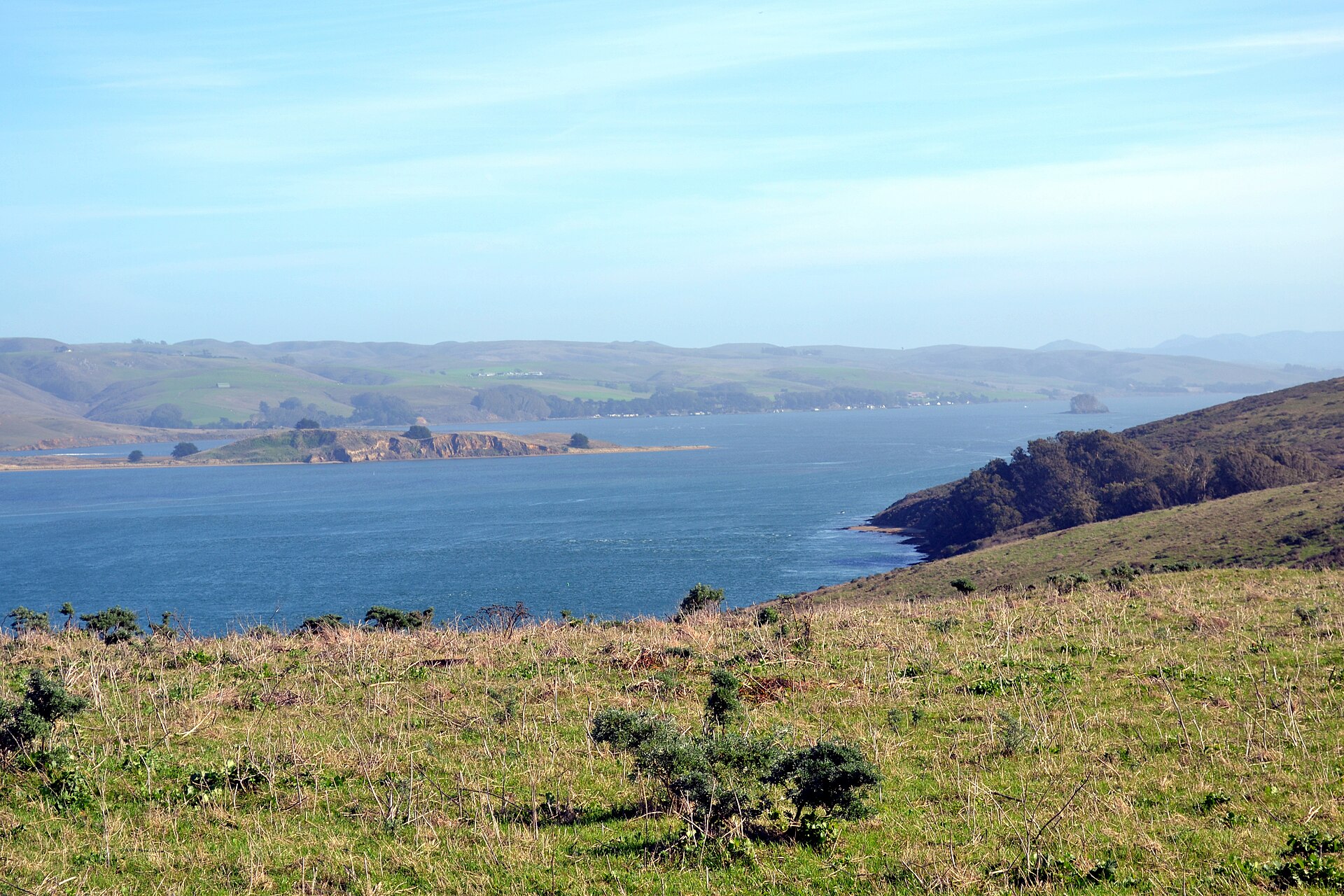
North of San Francisco, Tomales Bay can glow on late summer and early fall nights when plankton gather in calm coves. Kayakers launch near sheltered beaches and trace the shoreline looking for streaks around fish. The best displays follow hot days with little wind and very dark skies. Because water can be chilly, paddlers dress warm and avoid swimming. Local outfitters watch forecasts and red tide bulletins and choose routes that maximize shelter. When conditions align, every stroke leaves bright blue ribbons.
7. San Diego County Surf, California
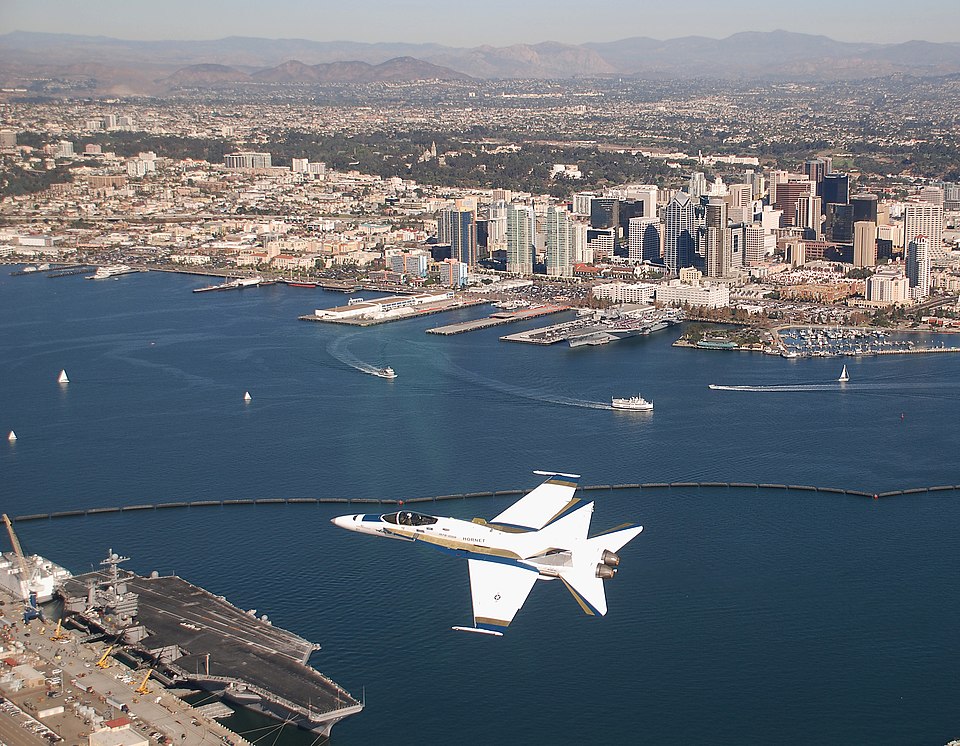
During certain red tide blooms, especially of Lingulodinium polyedra, breaking waves at beaches like Torrey Pines and Moonlight turn vivid blue after dark. The same cells that tint water brown by day flash when disturbed at night. Displays are irregular and can last days or weeks, so locals watch surf cams and evening reports. Viewing is simple and free from the sand. Skip flashlights and let your eyes adapt. A single breaker can look like a rolling blue line from lip to foam.
8. San Juan Islands, Washington
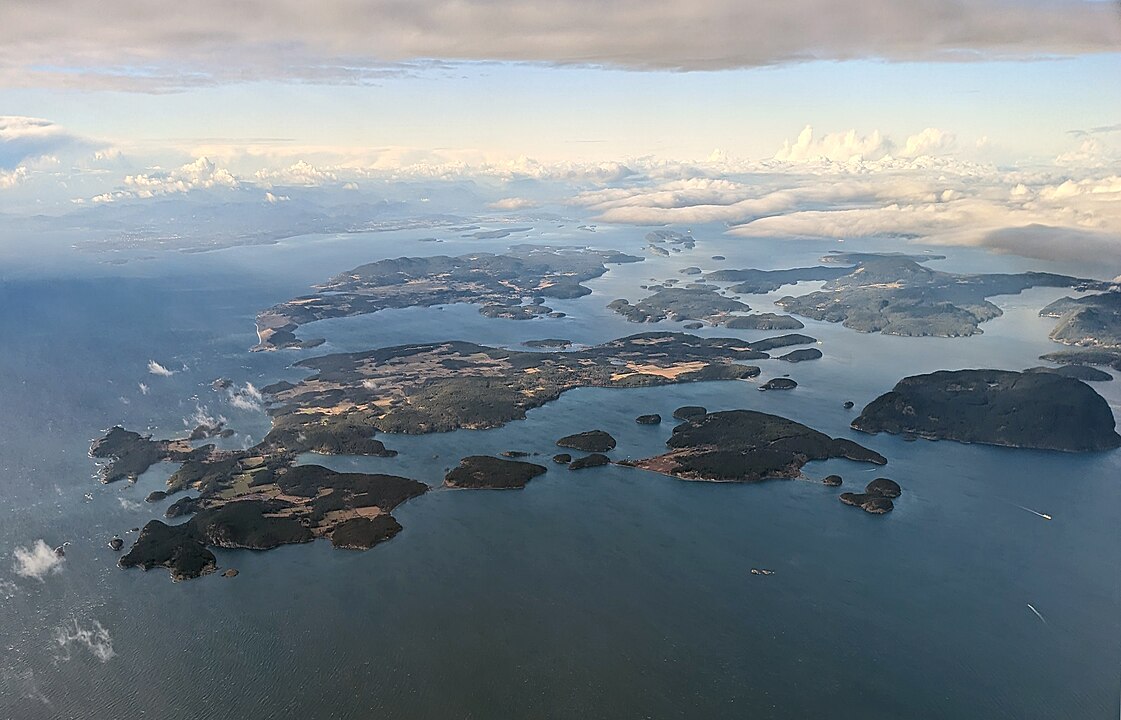
In summer, protected coves around the San Juans sometimes shimmer with bioluminescent plankton. Kayak guides run night trips that weave along kelp lines where small fish sketch bright trails. Cool water keeps swims short or off limits, so the focus is paddling and gentle splashes. Cloud cover helps by darkening northern skies, and no moon nights are best. The mix of quiet islands, seals surfacing, and glowing eddies creates a slow, steady show that rewards patience and soft strokes.
9. South Padre Island and Laguna Madre, Texas
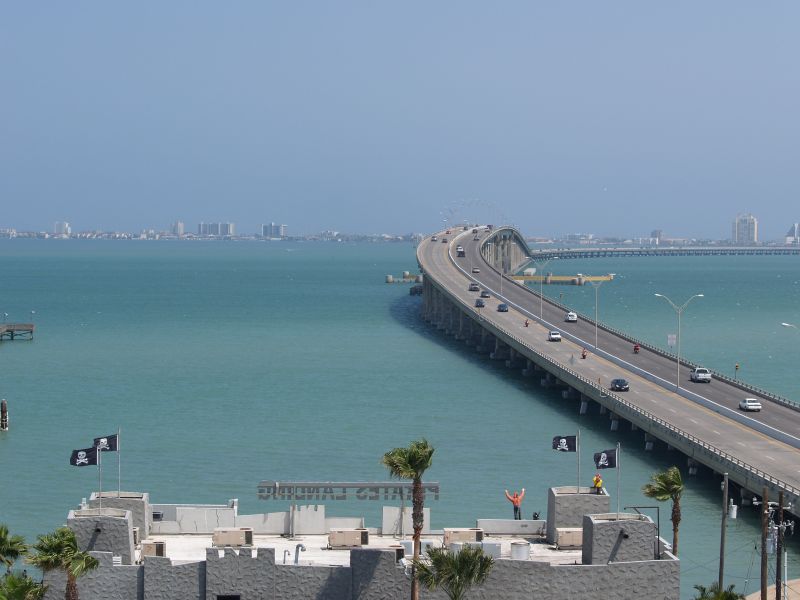
Shallow, warm Laguna Madre can sparkle on late summer nights when dinoflagellates gather near grass flats. Guides use flat-bottom boats or kayaks to minimize turbidity and search wind shadows behind islands. The glow brightens when baitfish scatter or mullet jump, turning the surface into quick blue dashes. Avoid lighted docks to keep eyes adjusted. Because water levels shift with wind, tours pick routes each evening that hold the most sheltered, clear patches for reliable flashes around hulls and hands.
10. Casco Bay, Maine
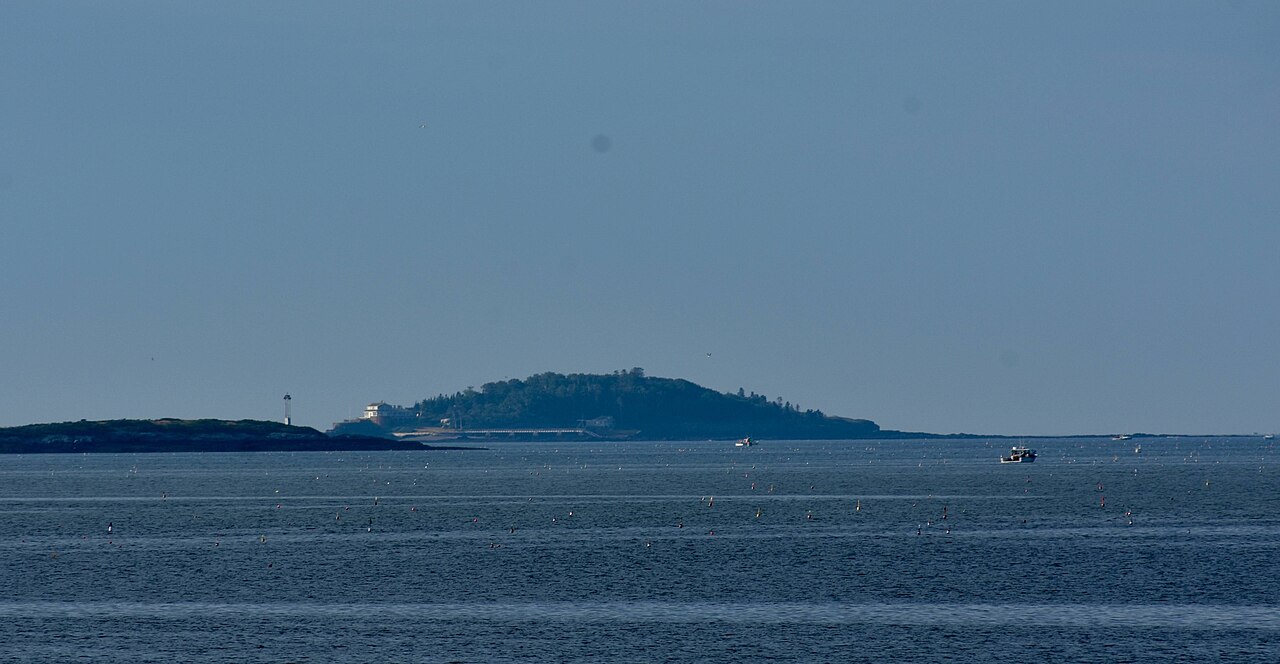
In late summer, sheltered coves in Casco Bay occasionally show bioluminescent flashes on calm, dark nights. The water is cold, so this is a paddle and watch experience rather than a swim. Guides recommend black clothing, no phone screens, and long, smooth strokes to build glow along the blade. Sightings vary year to year and are strongest after warm spells without storms. When conditions align, lobster buoy lines spark as boats pass, and small fish carve brief blue signatures under the surface.
